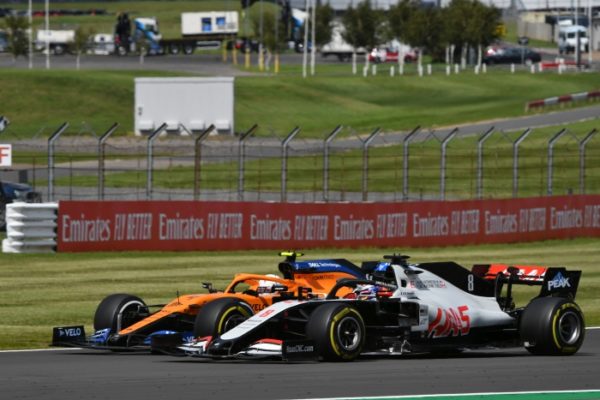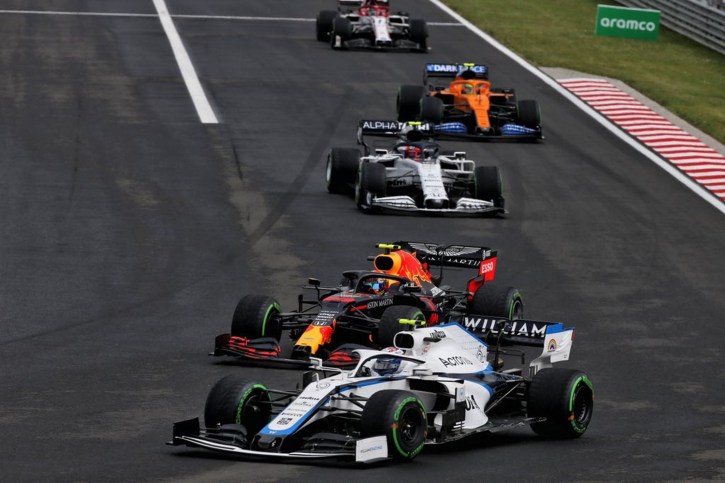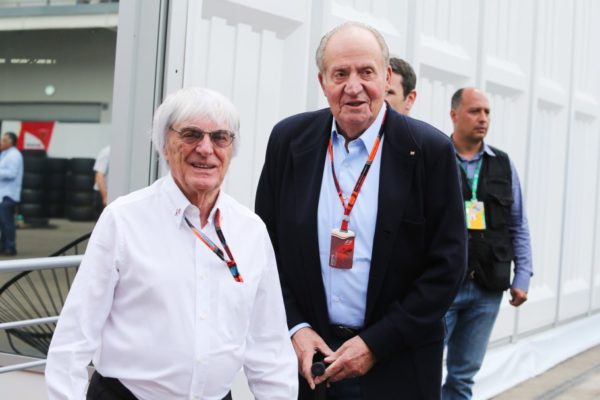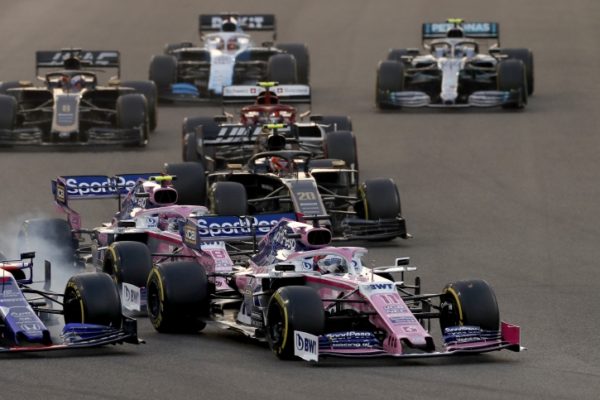In McLaren’s announcement that KONI will supply them with dampers for the ’07 season, they mentioned FSD rather a few times. So what is it? Frequency Selective Damping, of course! Right, but what’s that then? KONI describes FSD as “the first shock absorber to provide superior road-holding without compromising comfort”. Marketing speak? Well, yes.
BUT the product itself is more than that. When you look at any conventional suspension system, there is a trade-off between comfort vs roadholding, wheel travel vs steering response, the ability to absorb bumps vs controlling body roll in corners. Increased stiffness in suspension leads to reduced body roll and increased steering response which are both good for handling and roadholding, and by implication good for any racing car. Increased suspension stiffness also, however, leads to a less comfortable ride – which is wholly unimportant when we talk about F1 cars right? Right. There is one other thing stiff suspension leads to though – the inability of the suspension to handle bumps or rough surfaces.
When a stiff suspension setup hits a series of bumps, the vehicle tends to lose composure as the suspension fails to keep the wheel firmly planted to the surface. Cast your mind to the amount of harsh kerb used at Monza, or the heavy bumps in the braking zone after the very long straight in Sepang, or indeed the entire Interlagos circuit. Into and around the corners you need as much contact between tyre and tar (or indeed kerb) as possible, you need a car composed under braking and heavy sideways g-forces and you need as much grip as you can possibly get.
So, in the conventional suspension system, there is a constant search for the right compromise – you need enough yield to maintain composure under braking and handle the bumps, while at the same time keeping your suspension firm enough to keep body roll in check. This is what FSD aims to address.
The other options
Before we explore how it works, let’s put FSD into perspective by looking at some alternatives the world has to offer. Firstly, of course, there is fully active suspension. This uses electrickery to constantly determine stiffness and suspension push-back, calculating factors such as speed, road surface and damper pressure hundreds of times per second and reacting accordingly. This was outlawed by the FIA in the early nineties – along with many other forms of computer assistance in F1 cars.
Option two? Why, mass dampers of course. Mass dampers, as very successfully deployed by Renault in the first half of the 2006 season, use a weight to manage up and down movement in the dampers in order to keep wheels firmly on the ground while negotiating rough surfaces. Of course the FIA argued, retrospectively, that this constitutes a loose device that influences aerodynamic parts of the car – which is illegal. In a move that almost cost Renault the 2006 world championship, mass dampers were outlawed in August this year.
How does it work?
Back to FSD then. In standard shock absorbers, the main damping characteristic is defined by the oil flow going through the piston assembly. In the FSD system there is a special valve which controls an additional oil flow parallel to the one going through the piston. The FSD feature closes this parallel oil flow, giving a rise in damping force almost linear to the time that the piston is moving in one direction. Put simply, the FSD feature is a hydraulic amplifier that delays the build up of pressure. It is an integrated part of the hydraulic valve system inside the damper so no additional cables, sensors, or electronics are needed to operate an FSD damper.
According to KONI, FSD is the simplest, most economical way to significantly improve the ride and driving characteristics of every car. “FSD provides a smart suspension system which adjusts automatically to road conditions as well as driving style”, they say.
Is it new? No. It was launched at Zandvoort in April 2005, fitted to an impressive array of road cars. Is it new in F1? No again. McLaren has been running it since the San Marino GP in ’06, and has been helping develop it quite considerably. It is their answer to the mass damper and it has none of the characteristics that made the FIA declare the mass damper illegal. You can be sure that KONI and McLaren will continue to hone and develop this technology for as long as their partnership lasts. Considering the effect the banning of mass dampers had on particularly Alonso’s performance, the FSD effect may well have a not insignificant influence on next year’s championship.
Edu de Jager
DailyF1News.com
For all the columns by this author, click here




